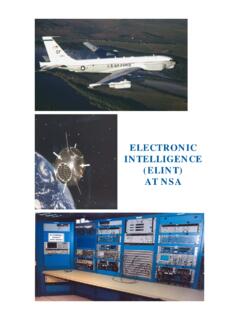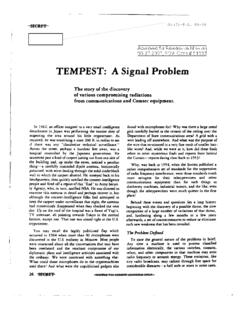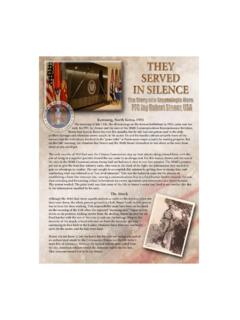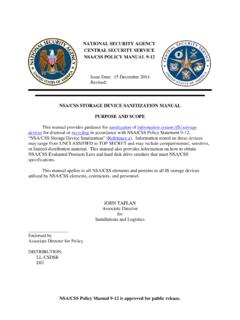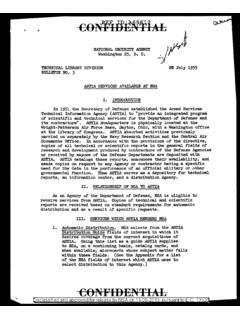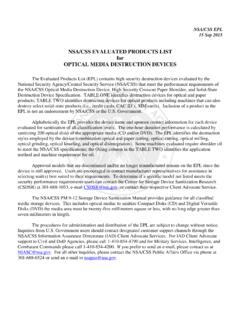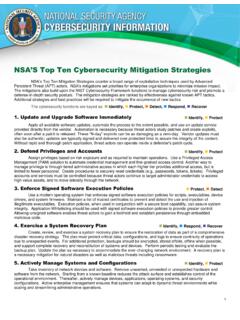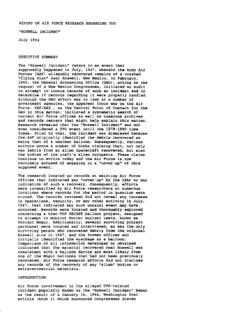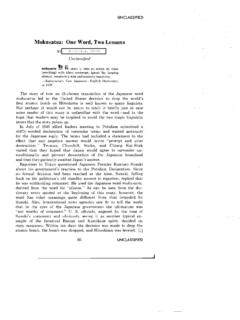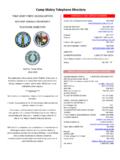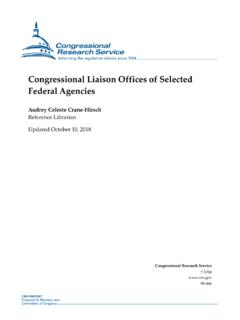Transcription of Venona Story - National Security Agency
1 The Venona StoryYEl\!ONA ::n :i~;::ot(l":nce w1~" ~"1:' --1 ::' " " "'" 4 ClJ :~ .,..c ~c .:.~>. :.::..nc ..,.., u! :..1 ..,,.., c o v .. ~-,,a,,.r~: l' ,~R!S't' -?:::1::.1;.1 , ;:ri -A1' ;,; :L=..~3 -L!J1vt, . \.V. -i:~..tl:lll .. ':'? .:.:. f/.t; -K~lv.:.J. ;..;:::;.. r_,; . ). 1~n,.;>:.;t.' :c~ .:i;.c; :.~; .t::..i. -f EJISl:.JC), .'Jl"!!Nl>.'i -:!! !XI. ~ " -? '.0\'!x:., ~?:.-"""-. -"lr-i=-f> <::;, ~:: 111tL:x:. :x;i:1.. !irah !, ::or::-:t"." ! :;"t f,. ,!. ;..::. 1.. :; " .. ~:~ ~.
2 LQo.:'~411 IC\ tiv ':'"O'll.'.' .. ,-. \ .. - ~ " = c-: ~~~. As> <::-.:; ~ .. :~c~~r;;~::Q ~~~~::i:n~ '1.:i~~1~::;7 "~~ ~"~':~~~! .. ~~c~ to.""1. 1> -?I~(X71:.J, . 1'1 -A! ~lxr-a,, UiiG;,.t,$ -:J:.S x:.;c). ~;Jo,ri'M;IO -lQl"l'I!,:;' (:a), U <; ;> 1;.."l:rc-:overc<tlt' -~l'.ixxcl. l'i :IA. i\.~txxli), tl:1>''1m -n~i:ft> <Hl). All <:.'lo$c eove-~""e' &:e <7 Cllo:l'"''-c"-l :r f. oc po:..nt ot Ttll'" et ceteo~i.:le. ;> c::::i:1:::-;. '.:oi-f'l ,,.,.. -:.:.::..-::ll :ou,,, :!1:rJ. ! ( :1otu: 1aJ ~J~~~ ~~.
3 ~~ ~c :i~~r.,~1~;. tiS:-:::!.:~~o~~ '~:~~"" ~C al\ 1.:IG~,.,.,.i;-t -,.+,.,.,.,,.,,..,.,t.!~J :;,.., :U!:W 'tC.~.K ~ .10 1403 c: :; 1"..>QW \"% 1 'iO v:: >.t. c;.._.,. 1>.:i1<. :-1-:-1:~. u.:1 AAVA!.t!U~T -9bt: Le. - Wh!. '.WIN -ui;:x. :;.,.= .. J Oli:'l.')-U:e~ <:tl J(' "l' ':flV. (!.ilf !>.llC:O -AllllMWt L,c, VRllQ$.11 -Althl'll'.D, ..,,_i.<lu.!. , fiv) s.:u::. ,-::;" : 1 .. ~Ct -L:e:E, mi ,.,_,.,..:I. !V) ,\il\.l\H -<:!~J\I C . lill?Jl>I -CZ C11, i<:k !:WI::.: . ! ,;.) t" 'l'Al r~'l.:w: i.
4 :~ ' -N"~~. k :i:ntrn~r.:. ~.,i) AIDA" Jl;;IO: l' .. ~l!ltt ':"~"'*"''-'!. 'll>. { ) :t :r.:>Wv ~WA: ii. CSL>~1 -3~K. ,..,i<).._,,_;! i .. :?. 91.( J :.!l repe~.': 0. f.$ -:_;13, -:::ere.,.,.,., otl ..r '"!" 'l<:C o: h ?P .<.) ~ .SU\3: .. !Ji.~ -S!?.3, ~ """ """"' 1;..,,~:1-!;~:; t ,.;~~;;;;;e: ~~r_:=;::-i .~0~~\~"';~~:,' )~~~t 0if 'f j!~l ~ :Jt~~: :~1~~.~; _:;~F~~~::::: ::~:0:~~1 .. -.,.u~ " t"lml'"'rir.\.. j " ,.,.. """''~ -1 ~?~~).--This publication is distributed FREE by theNational Security Agency .}
5 If you would likeadditional copies, please submit your request to:Center for Cryptologic HistoryNational Security Agency9800 Savage Road, Suite 6886 Fort George G. Meade, MD 20755-6886 COVERPHOTOSC lockwise from top left: Carter Clarke, RobertLamphere, Gene Grabeel, Meredith Gardner, CecilPhillips, Kim Philby, Klaus Fuchs, Elizabeth Bentley,Alger Hiss, Julius RosenbergPublished by the Center for Cryptologic History,1 IntroductionOn 1 February 1943 the Army s Signal intelligence Service,a forerunner of the National Security Agency , began a small, verysecret program, later codenamed Venona .
6 The original object ofthe Venona program was to examine, and possibly exploit,encrypted Soviet diplomatic communications. These messages hadbeen accumulated by the Signal intelligence Service (later renamedthe Army Signal Security Agency and commonly called Arlington Hall after the Virginia location of its headquarters)since 1939 but had not been studied previously. American analystsdiscovered that these Soviet communications dealt with not onlydiplomatic subjects but also espionage public releases of Venona translations and relateddocuments have been made.
7 These releases covered the followingtopics and are all discussed in this Soviet atomic bomb espionage2. New York KGB messages of 1942 and 19433. New York and Washington KGB messages of 1944 and 19454. San Francisco and Mexico City KGB messages; GRU NewYork and Washington messages; Washington Naval GRUmessagesThe release of Venona translations involved carefulconsideration of the privacy interests of individualsmentioned, referenced, or identified in the names have not been released when to do so wouldconstitute an invasion of Venona STORYR obert L.
8 Benson25. KGB and GRU messages from Europe, South America, andAustralia6. Messages inadvertently left out of the previous five updatesof previously issued translations. Updates some translations byrestoring names that had been protected for privacy reasons in theoriginal Signal intelligence Service recruited dozens of languageteachers and professors from across the United States after theJapanese attack on Pearl Harbor. Miss Gene Grabeel, a youngSignal intelligence Service employee who had been a schoolteacheronly weeks earlier, started the project on 1 February Gardner, a language instructor at the University ofAkron, who spoke numerous languages, worked on the Japaneseand German problems during World War II and met with greatacclaim.
9 As the war ended, Gardner joined the Venona effort andspent the next twenty-seven years on the project. As the principaltranslator and analyst on the Venona program, he wrote a seriesof eleven special reports during 1947 and accumulated Venona message traffic comprised anunsorted collection of thousands of Soviet diplomatic telegramsArlington Hall before the war (This postcard was used by army recruiters.)3that had been sent from Moscow to certain of its diplomaticmissions and from those missions to Moscow.
10 During the firstmonths of the project, Arlington Hall analysts sorted the traffic bydiplomatic mission and by cryptographic system or analysis indicated that five cryptographic systems, laterdetermined to be employed by different subscribers, were in usebetween Moscow and a number of Soviet overseas missions. It alsobecame apparent that one system involved trade matters,especially Lend-Lease. The other four systems appeared to involvethe Soviet Foreign Ministry in Moscow in communication with itsmissions analysis showed that each one of the five systems wasused exclusively by one of the following subscribers (listed indescending order according to the volume of message traffic whichhad been collected):1.
